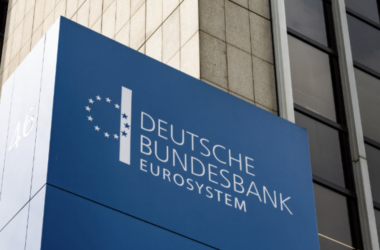On January 1, 2025, a pivotal gas transit agreement between Russia and Ukraine came to an end, reshaping energy dynamics in Europe. This deal had been crucial, facilitating the flow of Russian gas to EU nations via Ukrainian pipelines, which accounted for half of Russia’s remaining pipeline exports to Europe and a third of its total gas exports, including LNG.
The Ukrainian route supplied 65% of gas demand in Austria, Hungary, and Slovakia as recently as 2023. However, the EU’s reliance on this route had already dropped to 5% of its imports by 2024.
The end of the agreement wasn’t a surprise, as Ukraine had long signaled its unwillingness to renew the deal amidst the ongoing conflict with Russia. “We stopped the transit of Russian gas,” declared Ukraine’s energy minister, German Galushchenko. Calling it a “historic event,” he emphasized that this marked a significant blow to Russia, financially and strategically, as Europe had committed to phasing out Russian gas.
Gazprom, Russia’s state-controlled gas giant, is projected to lose approximately $5 billion annually in sales due to this stoppage. Despite this, Russia continues supplying gas through the TurkStream pipeline, which serves Turkey and parts of Central Europe, including Hungary and Serbia.
The EU, prepared for this transition, has enhanced its energy infrastructure to secure non-Russian gas supplies for Central and Eastern Europe. The European Commission noted the region’s ability to adapt by sourcing gas via alternative routes. Nonetheless, the shift imposes added costs on remaining buyers of Russian gas, like Slovakia, which plans to reroute supplies through Germany and Hungary. Austria, on the other hand, claimed readiness, with its energy minister stating that the country was “well prepared.”
Still, the transition isn’t without consequences. Slovak Prime Minister Robert Fico warned of its “drastic” effects on the EU while downplaying its impact on Russia. Meanwhile, Ukraine faces a financial hit of around $800 million annually in lost transit fees from Russia.
This shift underscores Europe’s determination to sever its dependency on Russian energy—a commitment sparked by the 2022 invasion of Ukraine—and highlights the broader geopolitical and economic ramifications of energy strategies in wartime.




